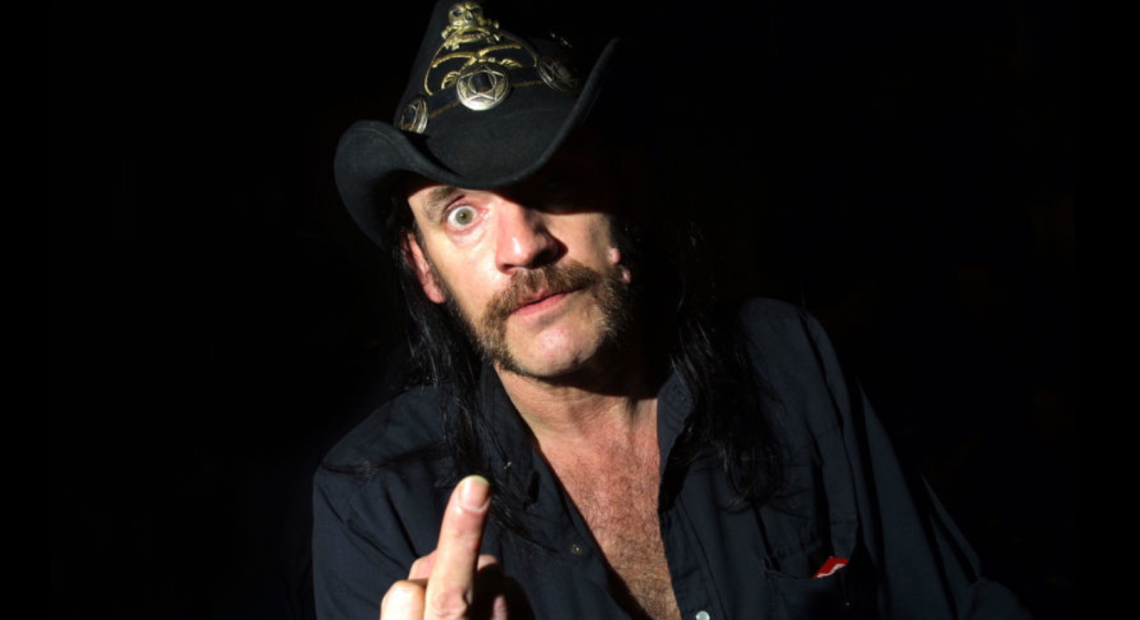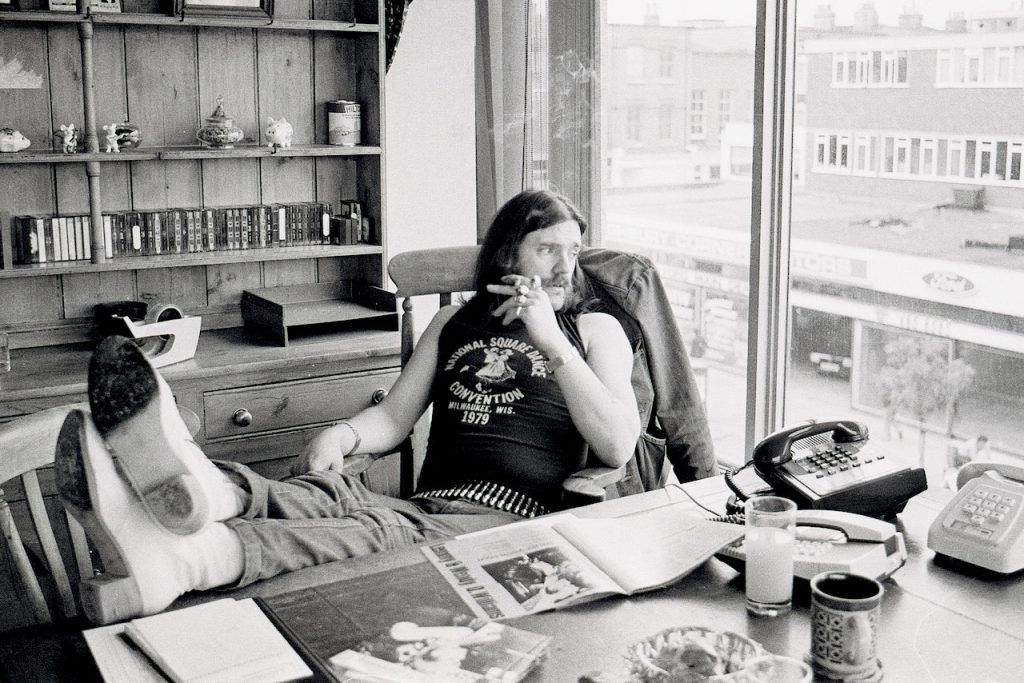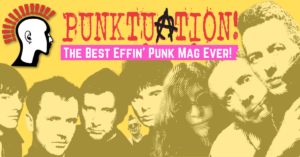For decades, music fans have debated whether Motörhead was more Punk than Metal. Punktuation explores the musical influences and genre-defying sound of the legendary band, and discovers Lemmy's own words finally unveils the answer.
Motörhead is one of music’s most unique and instantly recognisable bands. Committed to what they knew and loved – “rock and roll” – the three-piece created a brand of music hailed by some as speed metal, by others as hard rock, and many as heavy metal. However, there has long been a debate among music fans about whether Motörhead should be considered a punk band.
On the one hand, the band is often associated with heavy metal, and their influence on the genre is undeniable. However, there are several reasons why some consider Motörhead to be a punk band. For one, the band found success during the height of the punk movement, and many of their hallmarks fit in with the critical defining features of punk rock. Secondly, Lemmy Kilmister, the band’s lead vocalist and bassist, often stated that he felt more in common with punks than metalheads.
Lemmy’s own words shed light on the musical influences that moulded Motörhead’s unique sound and style. In 2011, he categorically stated, “We were not heavy metal. We were a rock ‘n’ roll band. Still are. Everyone always describes us as heavy metal, even when I tell them otherwise. Why won’t people listen?”
He followed up on this sentiment in 2014, telling Der Spiegel that he wasn’t particularly fond of metal. This may come as a surprise to many fans who associate Motörhead with heavy metal, but it underscores the band’s commitment to their own unique sound.
Lemmy also stated on several occasions that he felt more kinship with punks than with metalheads. The band’s relationship with goth-punk heroes The Damned is well-known, and Lemmy even played bass on a handful of occasions for them. Even more famously, he wrote ‘R.A.M.O.N.E.S.’ from the 1916 album as a direct tribute to the iconic New York band. The “1 2 3 4” he shouts at the start is a brilliant ode to the Ramones’ signature count-in.
Aesthetically, the band was also very similar to punks. If you look at pictures of the leather-clad trio or their album artwork, on the face of it, (other than the long hair) you might think they were a punk band.
Lemmy famously pointed out that Motörhead’s visual style was more akin to his friends in The Damned, rather than bands like Black Sabbath, with whom they were frequently compared. He even asserted that he did not share any aesthetic similarities with groups such as Judas Priest and Nazareth, which is indeed true.
Ultimately Lemmy was happy that Motörhead were genre-defying. When he spoke to ZigZag magazine about what genre he felt Motörhead fitted in, he said: “We get everyone – disillusioned Hawkwind people in plimsolls and greatcoats, a few punks… it’s good, you know. If somebody gets off, I don’t care if he’s got a bald head and a bolt going through it.”
Ultimately, the debate over Motörhead’s genre will continue, but Lemmy’s stance was clear: he didn’t care about fitting into any specific box. Motörhead’s music spoke for itself, bringing together fans from all different walks of life.
Lemmy’s punk ethos of individuality, rebellion, and inclusivity is evident in every note, making it easy to see why many consider Motörhead, a punk band at heart. Whether they were classified as punk, metal, or rock, their impact on the music industry is undeniable. Their legacy will continue to inspire generations of music lovers for years to come.
Lemmy Kilmister – a punk to the very end!
Main Photo Credit: Lemmy in club Milk in Belfast giving the one finger salute. Credit: Alamy
Need more Punk In Your Life?

Album review: Bridge The Gap release ‘Gainsayer’
From Salt Lake City, Utah, Bridge The Gap arrived on the punk scene back in 2023, so you’d think they’re quite a newish band. In

Steve Ignorant, U.K. Subs, Spanish, German and Belgian punk bands rock festival in Leuven
Saturday, 19 April saw the postponed 2024 Breaking Barriers festival in Leuven, Belgium. Two English punk icons ever since the 1970s, Steve Ignorant and UK

Album review: Another Damn Disappointment – ‘Bedlam’
The 90s Epitaph/Fat Wreck skate punk sound has made quite the comeback, and you can add Californian quintet Another Damn Disappointment to the list of

Comeback Kid, London Tufnell Park Dome, 20th April 2025
It’s strange to think that Comeback Kid started out as a mere side project, only to become its members’ main concern after their second record

Six of the Best – 20th April 2025
New Single, EP and Album releases from Tape It Shut – ‘Employee Of The Hour, The Molotovs – ‘More More More’, Gallus – ‘ Cool

Shake Some Acton gig #88, London Hope & Anchor, 18th April 2025
Finally, the Easter weekend has arrived! it’s taken its own sweet time this year, and it probably won’t surprise you that here, at Punktuation Towers,
I’m a London born and bred music journalist, a mediocre bass player and the occasional strummer of the guitar. In the ’80s I worked in recording studios and made a few records you’d probably recognise. I have written a couple of books and made the odd media appearance as a music commentator. I now call Brisbane home.





 Did you know that we are 100% DIY? We run our own game. No one dictates to us, and no one drives what we can or cannot put on our pages – and this is how we plan to continue!
Did you know that we are 100% DIY? We run our own game. No one dictates to us, and no one drives what we can or cannot put on our pages – and this is how we plan to continue!
